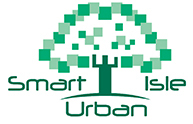This deliverable investigates the specific needs of each domain: Bioclimatic architecture, management platform and renewable energies. The output of this task is the key for the developments of the project as from it, the following both domain-based and cross-domain operational and business models are created. First, a global vision of National regulation regarding SUI concept is made. These regulations are based mainly on Green Buildings and Energy Efficiency; Intelligent Buildings and Energy Management Systems; and Renewable Energy.
Thus, an individual description of SUI concept is given, addressing the innovations and challenges to be faced within each expert field. Finally, a list of tentative/initial requirements is identified. This list is comprised by general and specific indicators to all domain.
